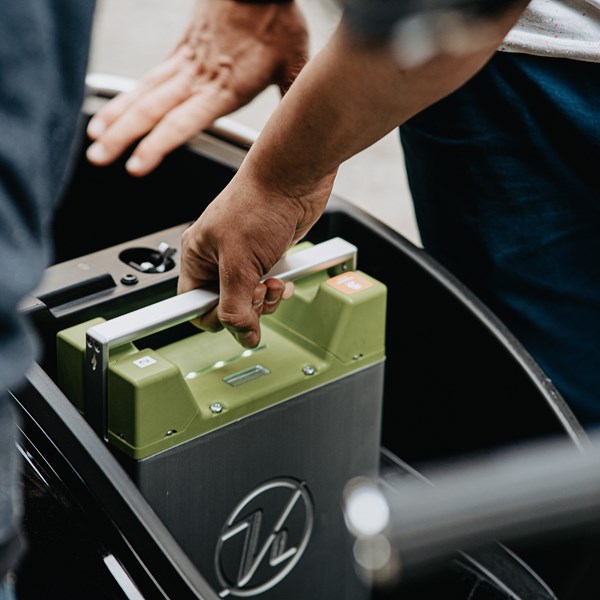The carbon capture, utilisation and storage market is forecasted to grow to $4.9 billion by 2027. This would more than double its current value (estimated at $2.4 billion in 2022) in only a few years, a statistic that appears to fly in the face of those who still claim carbon capture is either unable to make the desired impact or invalid altogether.
These figures come from analysis conducted by international B2B researchers MarketsandMarkets™. They expect the capture stage to generate the majority of this revenue.
Capture is the first stage of carbon capture, utilization, and storage process. The carbon is separated either precombustion or post-combustion and the resultant CO2 is then purified and dehydrated so it can be transported safely.
The next largest share of the revenue is expected to be come from solvents and sorbents technology, technology that is predominantly used by the chemical, oil & gas and power generation industries.
Solvents & sorbents technology has been designed to absorb CO2 from the effluent gas stream emitted from various sources using either solvents in a liquid state or sorbents in a solid state.
If solvents are used, the CO2 they absorb is sent for processing and heated so the CO2 can be released, captured and safely stored or utilised.
If sorbents are used, the CO2 is again sent for processing but in this case it’s then subjected to either pressure reduction or heating in order to release, capture and store the absorbed CO2.
WHAT PART WILL THE UK PLAY IN THE GROWTH OF CARBON CAPTURE?
Looking globally, North America is expected to both maintain the high market share it has held since 2018 and enjoy sustained growth on the back of the advanced R&D infrastructure the US and Canada now have in place.
The Asia Pacific region is projected to be the region that shows the highest level of growth thanks to large scale projects being rolled out in countries like Australia and China and the amount of unpopulated land many countries in the region have.
Meanwhile, the vast gas and oil reservoirs in the Middle East could also play a significant part in the growth of carbon capture. These offer invaluable and natural potential storage facilities.
However, MarketsandMarkets™’s report states the UK’s carbon capture, utilisation and storage market will be the fastest growing in the world.
They feel these higher levels of growth will be driven by the government’s commitment to cut carbon emissions; a commitment underpinned by increasingly stringent legislation. This is all part of the UK government’s Clean Growth Strategy which was launched in October 2017, part of which is to ensure the UK becomes a global leader in developing and deploying carbon capture, utilisation and storage technology.
As innovation specialists, this is the part of the story that interests us most.
The attorneys in our dedicated energy and cleantech team are already working with innovators on a growing number of very different carbon capture products. We help them not only protect their ideas but also find the most suitable and most productive way to commercialise them so their impact is as hard and fast is possible.
Part of their commercialisation strategy is of course routed in traditional patent protection.
The need to fully protect an idea to ward of imitators is never greater than when competition is at its peak. And competition is never higher than when growth potential is at its highest as it is now within the carbon capture market.
However, simply protecting ideas often isn’t enough.
The carbon capture and sequestration industry is already seeing large scale collaborations between not only innovators and governments but also between previously competing companies.
These partnerships and collaborations are being formed to increase the partners’ competitive edge and allow them to move faster and more profitably. However, as with all partnerships they need to be structured carefully and underpinned by commercial agreements that clearly set out the ownership, obligations and rewards both parties have agreed to.
There is also the question of licensing. In a field like carbon capture where the ideas may be sound, but the level of environmental impact relies as much on dissemination and the volume of production, it may be necessary to allow others to use your intellectual property on your chosen terms.
Used properly, licensing allows you to maintain control of your IP while using it to create additional revenue streams and broader market reach than you could by progressing alone.
If you are involved in any form of green innovation and would like to discuss how best to protect and commercialise your ideas, please contact our dedicated energy and cleantech team today.







